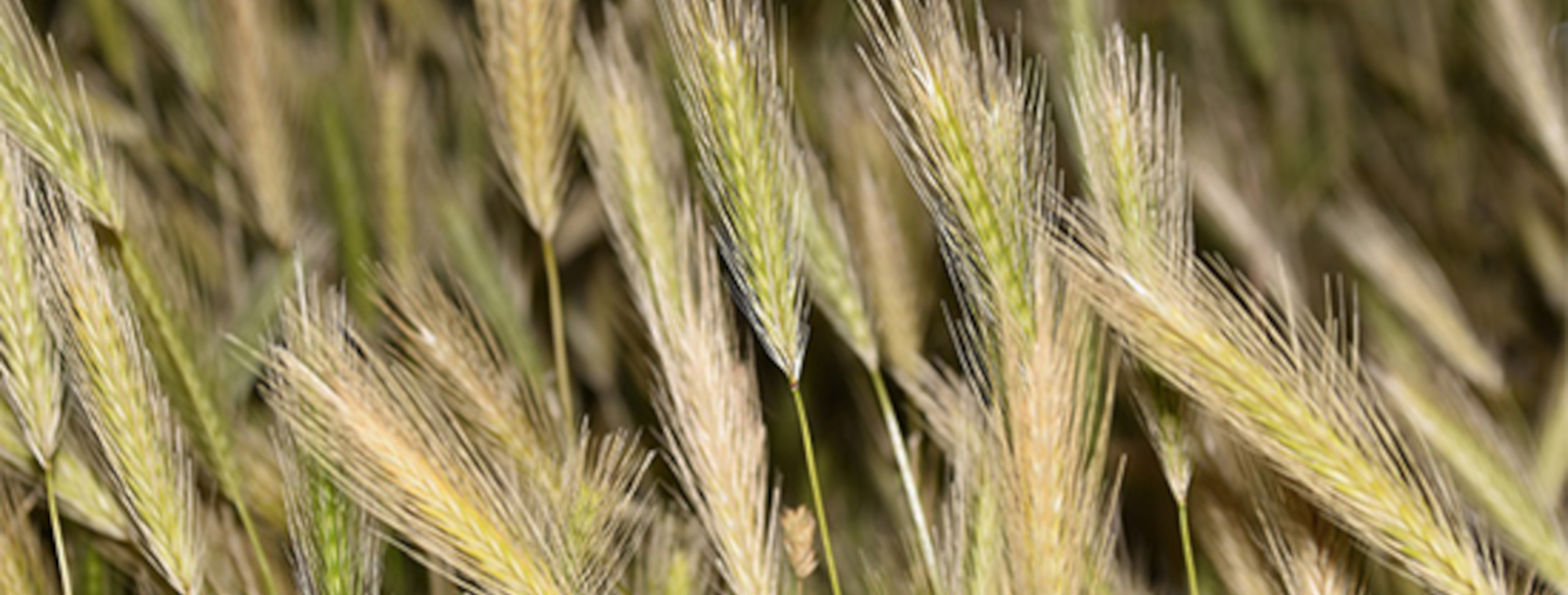FROM MAY TO SEPTEMBER: FOXTAIL ALERT!
Back
Degree of Urgency:
Major
If you suspect a foxtail may have penetrated your pet, contact a veterinarian immediately—this is a true emergency!
EMERGENCY PROCEDURE / FIRST AID MEASURES
Removal of the foxtail as long as it is visible and accessible
Disinfect the area if the foxtail has punctured the skin.
If the foxtail is still visible when the incident has just occurred, remove it immediately using your fingers or tweezers, then disinfect the area.
If the foxtail is inaccessible, partially removed, or if you suspect deep penetration, consult a veterinarian immediately.
Foxtails are extremely painful and can quickly migrate under your pet’s skin, leading to serious complications.
🚫 WHAT NOT TO DO
Do not pour oil into your dog’s ear canal or nose.
While oil might temporarily soften the foxtail and provide some relief, it can also cause severe ear infections or neurological issues if the foxtail has injured the eardrum.
If introduced into the nose, the oil could reach the lungs, leading to serious pneumonia.
WHEN TO SEE A VETERINARIAN? WHAT ARE THE SYMPTOMS?
The most common location for foxtail penetration in dogs is the ear canal. The signs are characteristic:
Sudden head shaking
Tilting the head to one side
Severe pain (whining, yelping, or aggression when the ear is touched)
Other common locations:
Between the toes → Causes limping or excessive licking of the paw, which may lead to infections or abscesses over time.
Eyes → The dog rubs the affected eye, the eyelids become inflamed, and the eye remains closed.
Nostrils → Persistent sneezing, often accompanied by bleeding.
WHAT YOU SHOULD KNOW
Foxtails (also known as “grass awns” or “wild barley”) are the seed heads of grasses such as wheat, barley, brome, fescue, or oats.
Once they dry (from May to early September), they pose a serious risk to outdoor animals, especially dogs and cats.
Foxtails naturally stick to an animal’s fur and, due to their small size and sharp bristles, they can enter various body openings (ear canal, nose, mouth, etc.) or even penetrate the skin, often between the toes or in skin folds.
The eye is a particularly vulnerable area, especially in cats, as foxtails can lodge under the eyelids or behind the third eyelid.
Due to their arrowhead shape, foxtails only move forward, making them extremely dangerous once inside the body.
As the animal moves, foxtails can migrate deep into the body, causing serious infections and damage to internal organs.
THE BEST SOLUTION? REMOVE FOXTAILS QUICKLY
If a foxtail has already penetrated, removal is often only possible under sedation or anesthesia, as these foreign bodies lodge in sensitive and painful areas that animals will not tolerate being touched.
If you suspect a foxtail injury, consult a veterinarian immediately!

